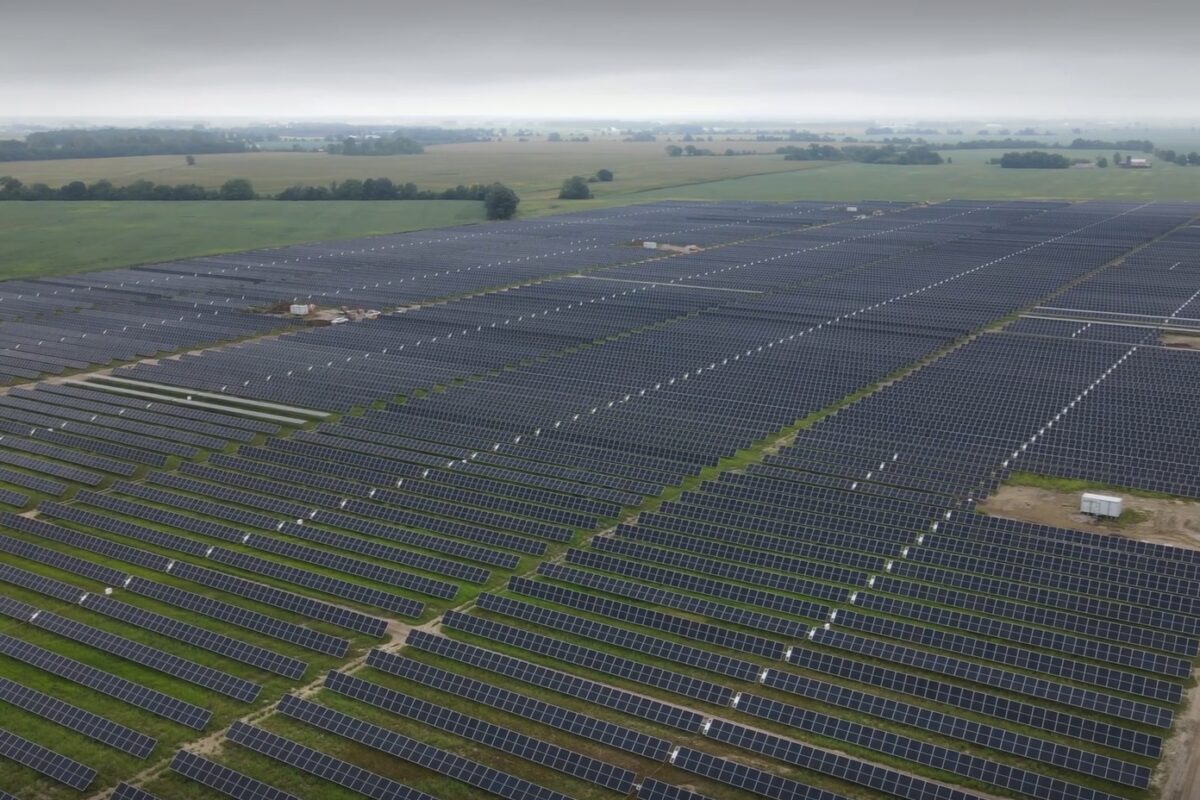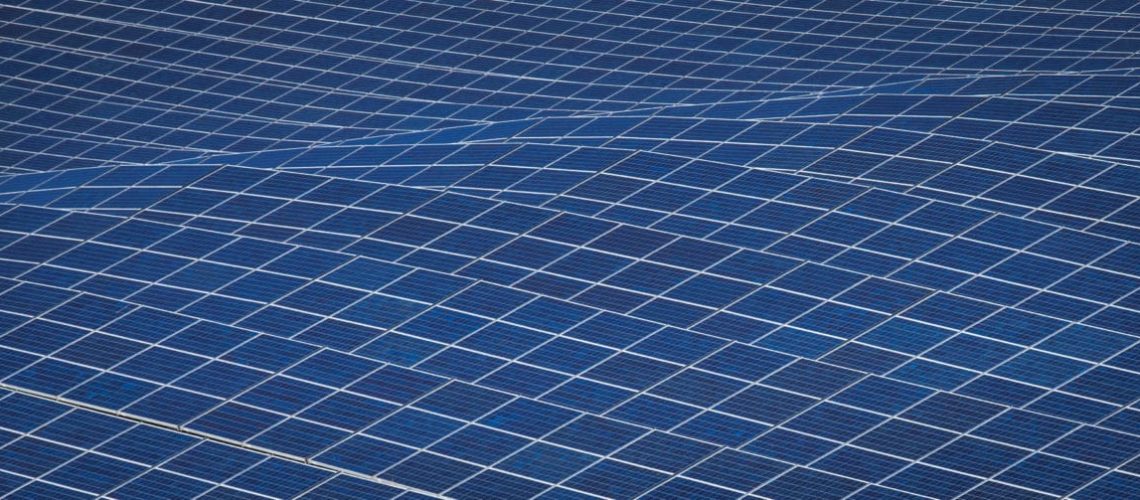Support for solar electricity has declined by 8% since 2013, according to a recent RMI poll.
Polling from the RMI reveals that the popularity of solar power among the U.S. population has dropped to 83%, down from 91% in 2013. During this period, the only energy source to see an increase in popularity was nuclear power, which rose by 11%. All other sources of electricity generation saw declines in public approval.
The poll, titled “American Understanding of Climate Change,” was conducted in collaboration with the Political Psychology Research Group at Stanford University and RMI’s Resources for the Future. Polling data has remained relatively stable since 1997, when 77% of respondents said they believed Earth’s temperature “has probably been increasing” over the past 100 years. The figure peaked at 85%, dropped to 69% in 2016, and recently settled at 75%.
Over the same period, the percentage of people who believe the temperature will continue to increase over the next 100 years has remained steady at around 75%. Similarly, the proportion of those who believe human actions have contributed to global warming has hovered around 83%.
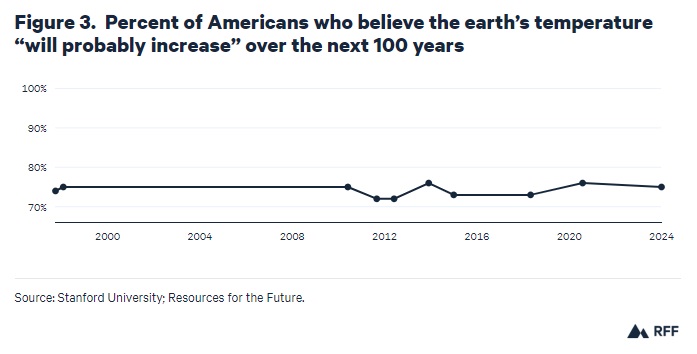
During this timeframe, global temperatures have risen by 0.6°C.
Over 80% of respondents believe global warming will be a very or somewhat serious problem for the world, while about 75% believe it will be a serious issue for the United States. This is a slight decrease from the mid-80% range in 1997.
The report also found that a consistent majority believes regular people, businesses and government should be doing “at least a moderate amount” to address global warming, with rates of 74%, 78% and 80%, respectively.
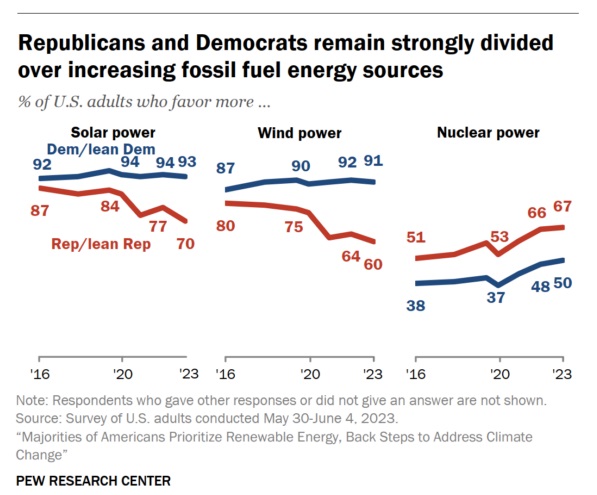
The decline in solar power popularity to the low 80% range aligns with data from the Pew Research Center. While specific data from New York and the U.S. National Renewable Energy Laboratories were not available, they likely show similar trends based on project size and location.
Pew’s data highlights a political divide in support for solar power in the U.S., with Democratic support remaining above 90%, while Republican support has fallen to 70%.
A New York state analysis also found that, on a scale from 1 to 5, rooftop solar has a support level of 4.47 versus 3.12 for utility scale solar. This disparity of opinion is fairly consistent across rural and urban areas of the diverse state.
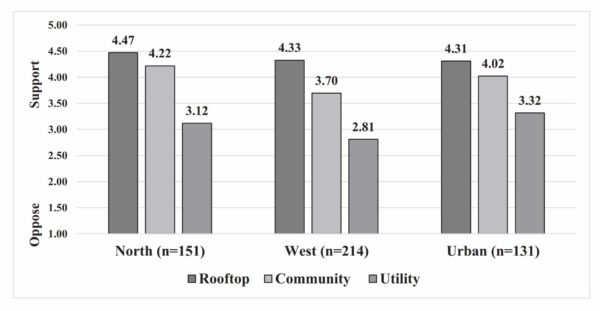
The New York analysis also found that system size and siting has a significant impact on support. Community solar projects, described as distributed assets generally smaller than 50 acres and selling electricity to locals, have more support than larger utility-scale solar facilities over 50 acres.
The rooftop versus ground-based solar divide is so sharp in some areas that fossil fuel-funded “faux responsible solar” groups use it as a base for their outreach.
Popular content
